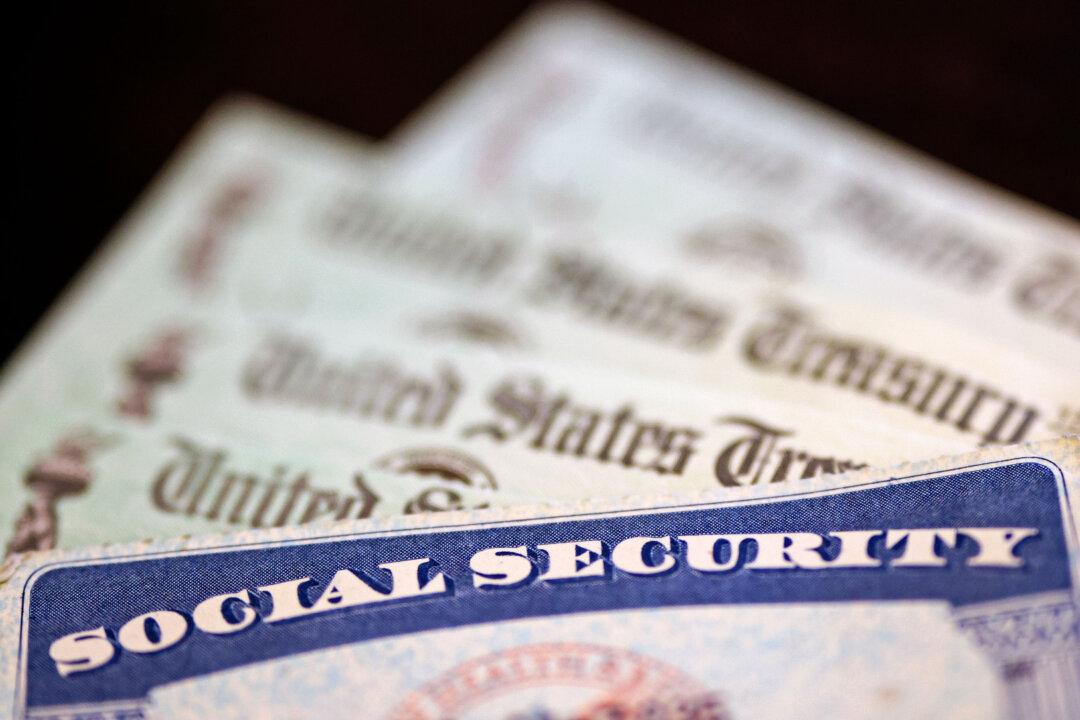Argentina’s annual inflation has shot past 100 percent for the first time in three decades, with the country’s citizens finding it difficult to make ends meet due to the rising prices.
Food and non-alcoholic beverages saw a 9.8 percent monthly increase, followed by communications at 7.8 percent, restaurants and hotels at 7.5 percent, alcoholic beverages and tobacco at 5.2 percent, transportation at 4.9 percent, and electricity and water services at 4.8 percent.
The increase in prices of food and non-alcoholic beverages had the biggest impact in all regions, according to the agency. The rampant inflation is stressing out Argentine citizens.
“The other day I came and asked for three tangerines, two oranges, two bananas, and half a kilo of tomatoes. When he told me it cost 650 pesos ($3.22), I told him take everything out and leave just the tomatoes because I don’t have enough money.”
Persistent Inflation
Argentina has been under the shadow of an economic crisis for several years. The country recorded double-digit inflation for every single year in the past 12 years, and ended 2022 with 94.8 percent inflation, which was its highest rate in 32 years.He pointed out that neighboring nations like Bolivia and Uruguay haven’t taken the same hit as Argentina. “If you see the Boliviano from 2019, it’s still worth the same amount. Same with the Uruguayan peso. But not in Argentina, the economics weren’t the same.”
Chris blames uncontrolled government spending for the inflation crisis. “The government keeps spending more than it makes,” he said.
Protestors took to the streets last year, with socialist unions threatening to shut down businesses and roads until the government agrees to raise welfare subsidies. In August 2022, people protested outside government offices, holding signs with slogans like “social equality” and “public policies for everyone.”
Earlier, in July 2021, the central bank printed 180 billion pesos ahead of the November midterms, adding to the inflationary pressures.
Future Inflation, Agricultural Sector Under Pressure
According to the results of a poll of analysts conducted by Argentina’s central bank that was released this month, the country’s annual inflation rate is expected to hit 99.9 percent this year. This is 2.3 percentage points higher than projections made in the previous poll.Meanwhile, Argentina is facing its worst drought in more than six decades. This has resulted in major cuts to corn and soybean harvests this year. Argentina is the No. 1 global exporter of processed soy, and ranks third for corn exports.
The potential low agricultural output can bring massive economic pressure on a nation already struggling with inflationary pressures.
Almost 40 percent of Argentina’s population is estimated to be living in poverty. Inflation has wiped out wage gains. Though the government has projected GDP growth of 2 percent for 2023, some analysts foresee the economy contracting for the year.





